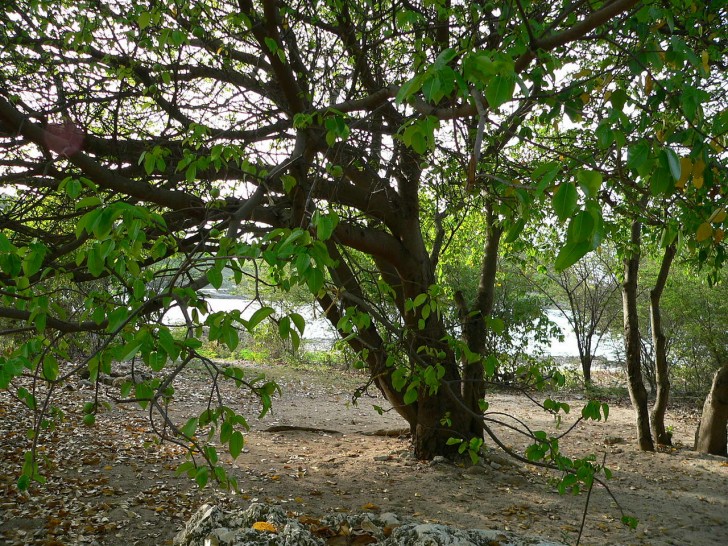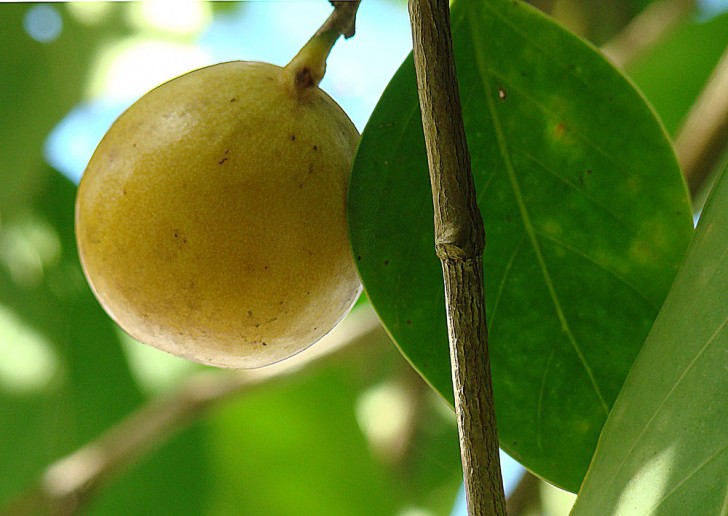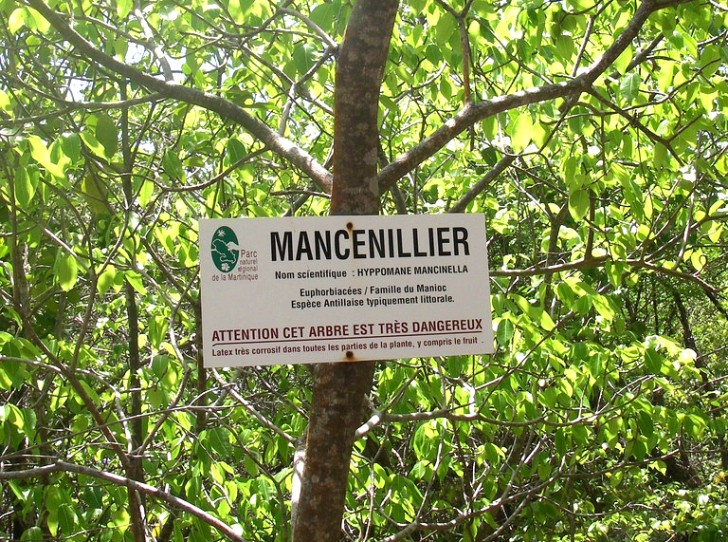All the secrets regarding "the tree of death" one of the most dangerous plants on earth!

Have you ever gone for a walk in the countryside or in a park and come across an unknown tree full of juicy fruits?
Well, as you know, in these cases, you should not play around with nature, and tasting the wrong fruit can turn out to be a nightmare!
In this regard, we want to introduce you to the manchineel tree (Hippomane mancinella) that has earned the name " the tree of death" because even approaching it or directly tasting its fruits can have devastating effects.
Let's take a look at these devastating effects one at a time.

The plant is called the manchineel tree (Hippomane mancinella), and what makes it so dangerous is the strong presence of a phorbol, organic compound of vegetable origin that is extremely toxic.
To make it dangerous are its especially attractive physical features. In fact, it has an interesting odor, the fruits are sweet and juicy, and its lovely leaves offer shelter and lots of shade. It is a shame that the toxins it contains causes a slow and relentless agony that can lead to death.

Just standing under its leaves will cause irritation to the eyes and the skin, but the worse happens in the case of rain! In fact, the rainwater dissolves the poisonous pollen on the leaves which falls to the ground loaded with corrosive toxins.
Not even its bark is harmless --- by touching it you will feel an immediate burning sensation and if you want to use it as a firewood, you have to be prepared to experience breathing and visual difficulties because of the poisonous smoke.

Dick Culbert/Wikimedia
Now, let's talk about the fruit that this tree produces. Each individual fruit contains a very high amount of poison. If swallowed, within 10 minutes, it causes severe burns on the esophagus and inflammation of the digestive system with vomiting and diarrhea.
Since nothing in its appearance makes these disastrous consequences predictable, where possible, this danger is clearly indicated by signs, in order to avoid unpleasant accidents.

The tree is native to Central America and the Caribbean Sea islands, but it can also be found in Florida, in the United States.
In regards to this tree, we would like to remember and share the personal testimony of an explorer named John Esquemeling who in 1678 told this story: "One day I was tormented by flies and mosquitoes so, being completely ignorant as to the true nature of this tree, I broke off a branch to use as a fan. Almost immediately, my face started to swell, painful blisters appeared, I felt as if I were burning --- and I was blind for three days."
This is definitely a tree to stay far away from!





